ELLSWORTH — On a cloudy August day on the blueberry barrens, about a dozen female bloggers from around the country, most of them registered dietitians, picked up metal blueberry rakes and obligingly stooped to conquer Maine’s wild blueberry. The feedback was immediate. “Great workout!” The Bikini Chef said approvingly. Sugar-Free Mom took three swipes through the low bushes, paused to breathe and agreed emphatically. Meanwhile the Nutrition Twins, smartphones at the ready, leaned in for closeups of the berries.
The humble blueberry rake has barely evolved in the last century. But the wild blueberry itself has already come a long way since the days of Sal, vaunted not just for bear snacks and maternal jam making but now for its reputation as a “superfood,” a tiny package jammed with startling amounts of nutrients and antioxidants. And this three-day Blog the Barrens junket for social media types, sponsored by the Wild Blueberry Association of North America, was devised to take that reputation even further.
The group has hosted an annual summit of researchers in Bar Harbor since 1998, but this is the first time they’ve done anything like this. The junket included a tour of the Wyman processing plants, a visit to Cherryfield Foods’ ever-expanding barrens and this lesson in raking at Merrill Blueberry Farms.
If that felt like work, there also was a boat trip to eat lobster on Little Cranberry Island, a plate-arranging competition featuring blueberry salsas at the Bar Harbor Inn, and a dinner at Havana in Bar Harbor, where the group was all aflutter over the presence of master food stylist Martha Stewart eating dinner at the next table.
The skies were dramatic, the blueberries cute, the blueberry mojitos even more endearing. Even with rain and a flat tire on the tour bus, the trip was a publicist’s dream. And if the Nutrition Twins – Tammy Lakatos Shames and Lyssie (pronounced Lay-see) Lakatos of New York City – so much as mentioned Maine berries on Pinterest, where they have 3.9 million followers, then that would be a boost for a berry that already brings in an estimated $173 million annually in direct sales and provides 2,500 seasonal jobs in the economically strapped Down East region.
Better yet, if the Twins told their followers and their clients (they are also personal trainers) they’d returned from Maine with the intention of stuffing their petite selves with the state’s wild blueberries to stave off cancer, eye degeneration, type 2 diabetes, memory loss or any of a host of other ailments the association told them wild blueberries have been shown to help prevent or combat, that would be a bonanza.
Because, in the national scheme of things, our native blueberry, prized though it may be by many, faces a few big limitations.
“Our big negative is we don’t get into the produce aisle,” Ed Flanagan, the president of Wyman’s of Maine, told the bloggers.
That’s because the wild blueberry is a terrible traveler. In fact, unless it’s frozen, the Maine wild blueberry rarely leaves the state intact.
It’s small. And Americans like supersized items at least as much as, if not more than, superfoods. It won’t grow just anywhere. Maine harvests 98 percent of the nation’s wild blueberries, almost entirely grown in lousy, shallow soil on glacial outwash in Hancock and Washington counties.
With the commerce deck stacked against it, maybe the wild blueberry does need the Nutrition Twins. And the Sugar-Free Mom and that Bikini Chef.
INFLUENCING THE INFLUENCERS
These are just the stage names for the “influencers” handpicked by Ethos Marketing and Design, the Westbrook firm that organized the junket for the wild blueberry association.
Belinda Donovan, public relations director for Ethos, said she booked the 12 available slots in just two days. Maine in summer is obviously a big draw and some of these women have never been here before, like The Bikini Chef (more than 18,000 followers on Twitter), aka Susan Irby, who flew in from California’s Orange County. The name stems not from Irby’s proclivity for or ability to wear a bikini – although she is wearing one when she tells the story of its derivation – but because family gatherings involve cooking in bathing suits.
The Sugar-Free Mom is Brenda Bennett from Rhode Island, a mother of three who gave up refined sugar, lost 50 pounds and gained 57,263 followers on Facebook.
There are standards around accepting free trips; it’s considered dubious territory ethically. Staff writers at newspapers traditionally don’t go on junkets their papers aren’t willing to pay for because there is the fear of being put in a quid pro quo situation. But the Blog the Barrens women are seasoned junket attendees and talk openly about their intentions to be transparent on social media about the fact that this is a “sponsored” trip. Only one of the women asks not to be mentioned.
Carolyn O’Neil, who has a new cookbook (“Slim Down South”) and contributes to the Atlanta Journal-Constitution as a freelancer, said she’s deluged with “lovely invitations.” She just got back from an all-expense-paid trip to Peru, where she learned a lot about quinoa, and had to turn down an offer to travel to Door County, Wisconsin (too busy). A former producer with CNN, she asks more questions than anyone else, takes notes, and says she signed on to the Blog the Barrens trip for a very specific reason.
“I wanted to learn more about the wild berry, about the differences between them and the cultivated blueberry,” she said, playing with the red hairnet Wyman’s issued to all the bloggers while she waited to mount the steps to watch the cleaning process in the Cherryfield processing plant.
In 2005, high-bush blueberries surpassed peaches as the No. 1 Georgia fruit crop. Ever since the late 1990s, and U.S. Department of Agriculture research on the power of antioxidants found in fruits and vegetables to combat stresses on the body, both natural and unnatural (drugs, smoking, pollution), blueberries have been growing in popularity with consumers and agriculture has followed suit.
“I think everybody thinks all blueberries are the same,” O’Neil said.
WILD VERSUS TAME
The blueberry association has not told the women they have to write about wild blueberries. But the group is certainly “trying to raise awareness of this little bitty berry,” Donovan said. If there is one thing that the association, which includes growers in Quebec and elsewhere in Canada, would like O’Neil and the others to take away with them, it is the distinction between wild blueberries and cultivated blueberries (the USDA calls them “tame” in its farm census).
To that end, they’ve brought along the association’s nutrition adviser, Kit Broihier, and academic consultant David Yarborough, a University of Maine professor of horticulture and Cooperative Extension blueberry specialist. Yarborough focuses on the plants as a crop, trotting out startling facts – 3 million varieties of wild blueberries grow in Maine, for instance – that even a Mainer could be forgiven for not knowing.
Broihier is there to weigh in on research showing that wild blueberries contain twice as many antioxidants as cultivated blueberries. They’ve also got twice as much fiber – this is where being so small is an asset; more skin surface means more fiber – they have five times as much zinc (the vegan blogger on the trip likes that) and they’re relatively low in calories (71 per cup). But they don’t keep.
This trip to Wyman’s is an invitation to witness what the frozen food industry calls “nature’s pause button” at work. The bloggers trailed along behind Director of Food Services Tom Hugill, Director of Operations Ellen Rossi, and Adam West, who is training to take over Rossi’s job, learning about how the processing equipment – sucking in 30 pounds every three seconds – cleans, sorts and instantly freezes the berries. There are 1.5 million pounds of fresh berries on the floor that day. By the next dawn, the best of them would be frozen and stashed in a warehouse-sized freezer set at minus-38 degrees.
Lyssie Lakatos may look like a miniature cheerleader who could blow away in a brisk wind, but she grilled West about pesticides and chemicals.
“What’s the point of the chlorine process?” she asked, watching the berries bobbing along through a chlorine wash.
West explained the hazards of contamination from dirt, human hands and bugs in the field and assured her the chlorine used was “really minimal.”
After watching as a laser excised the green or unripe berries from the conveyor belt, West held out handfuls of just-frozen berries for everyone to snack on. The ones who weren’t talking about how their children eat them just like this, straight from the freezer, were talking about how they should.
ASSISTED WILD LIVING
At Wyman’s, Flanagan materialized at the end of the tour to talk about the industry’s future, on the upswing ever since USDA announced its findings on blueberries and antioxidants and Americans decided to start drinking breakfast (and sometimes lunch).
“I remember the days when there was no such thing as a smoothie,” Flanagan said. “And all of a sudden we had a tail of a dragon to hang onto.” Wyman’s now packs a frozen product specifically for the home smoothie chef: kale and berries in a bag together.
The 2014 crop is on track to be the best since 2000, Flanagan said, with weather conditions having played out perfectly. Bees, which are brought in every spring from out of state in vast numbers to pollinate, might be struggling with colony collapse disease overall, but the imports did their job this year.
And the blueberries seemed to withstand the long and miserable winter just fine, too. Maybe their ability to adapt to windswept, chilly Down East Maine is what makes them so useful for helping humans survive, Flanagan said.
The goal of the Blog the Barrens trip was to boost customer awareness and sales, but success could create one problem: supply. This wild business is serious. And slow. The plants are assisted with irrigation, pesticides, frost protection and pollination but they’re not planted. When a farmer wants to grow a crop, the trick is to remove obstacles that might stop the plants from spreading (75 percent of the plant is under the ground). Bare patches on the barrens mark recent expansions where trees and rocks have been cleared.
The USDA Farm Census counted 510 wild blueberry farms in Maine spread over 38,626 acres in 2012, a decline from 44,462 acres in 2007, but Yarborough believes under-reporting skewed the numbers and there are closer to 60,000 acres of wild blueberries here.
And while some Maine fields have gone out of operation, particularly in developing coastal areas, he said growers are adding hundreds of acres annually. It takes a new blueberry field 10 to 20 years to deliver a good yield. In that respect, high- bush blueberries, which can yield within five years, have the edge on wild.
Since the 1940s, Maine has collected a specific wild blueberry tax on growers and processors to fund both university research and promotion, including supporting the Wild Blueberry Association of North America.
In 2001, after an epic 110 million- pound harvest in 2000, that tax was raised from 1 cent per pound to 1.5 cents. The increase has been used specifically to fund promotion of the industry.
For 17 years, according to Ethos senior marketing strategist Michael Collins, the group has been bringing scientists to an annual summit in Bar Harbor to foster blueberry research. In 1998, there were five studies on the benefits of consuming wild blueberries. Now there are more than 150.
When Broihier mentioned an unpublished one from the United Kingdom that purports to link wild blueberry consumption with curbing attention problems in schoolchildren, there were murmurs among the bloggers and several requests for a link to it, when it is actually released.
Her presentation on the powers of the wild blueberries, delivered over lunch on Day Three at the Bar Harbor Inn, was enough to make someone with a severe blueberry allergy lie down and weep over all that they were missing. Not only might their children be better behaved, but the consumer of wild blueberries might decrease his or her chance of a heart attack.
The bloggers had eaten, sipped, raked and breathed blueberries and were preparing to go home with goodie bags stuffed with wild blueberry-themed hats, aprons, wine and foods. They had bonded in the barrens. Irby, The Bikini Chef, buzzed with ideas for the four articles, videos and recipes she planned – including for Max Muscle Magazine and Great Taste.
The group had grown attached to Maine’s diminutive crop. At least that’s what it seemed like when Danielle Omar, a Washington, D.C.-based dietitian who writes a food and nutrition blog called “Food Confidence,” stopped Broihier’s presentation to ask, quite seriously, whether “tame blueberries are taking advantage of the statistics about wild blueberries.”
Broihier allowed that the two berries do tend to get lumped together.
“That’s why we need you guys,” she said.
Copy the Story LinkSend questions/comments to the editors.


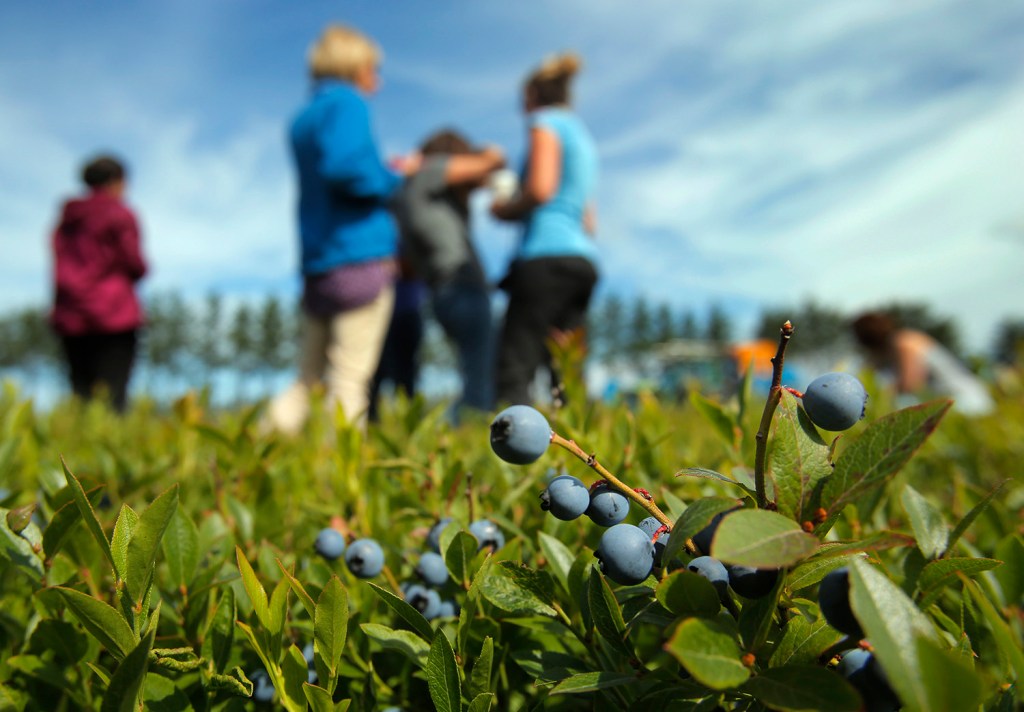
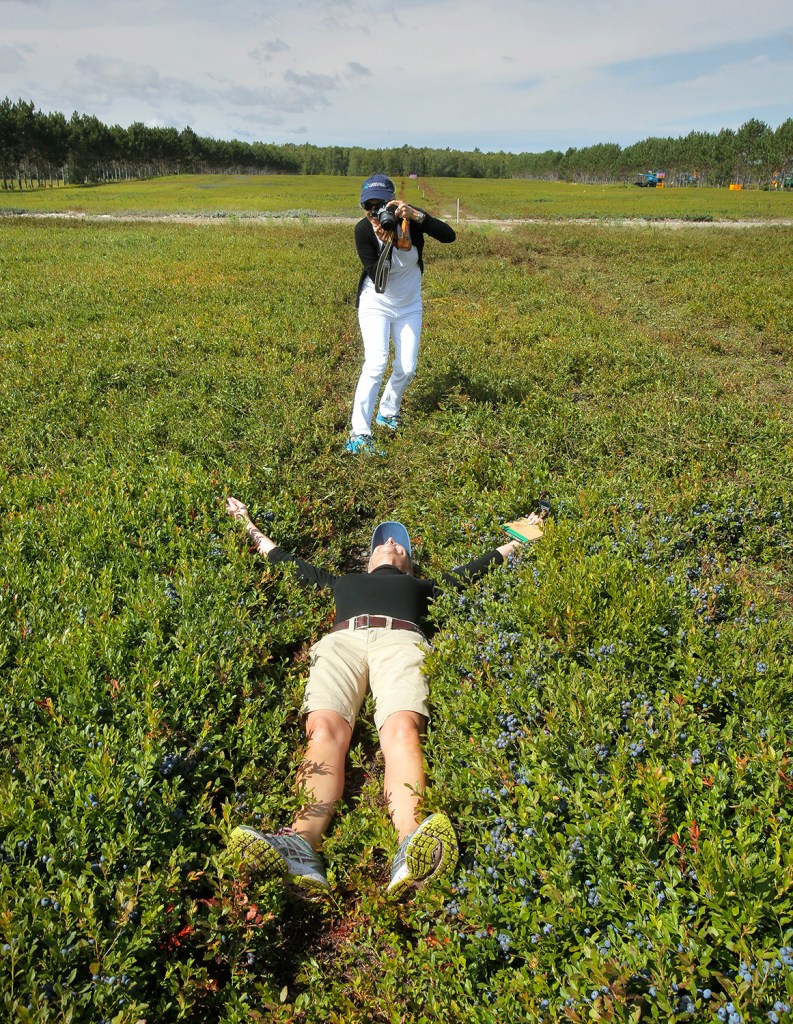
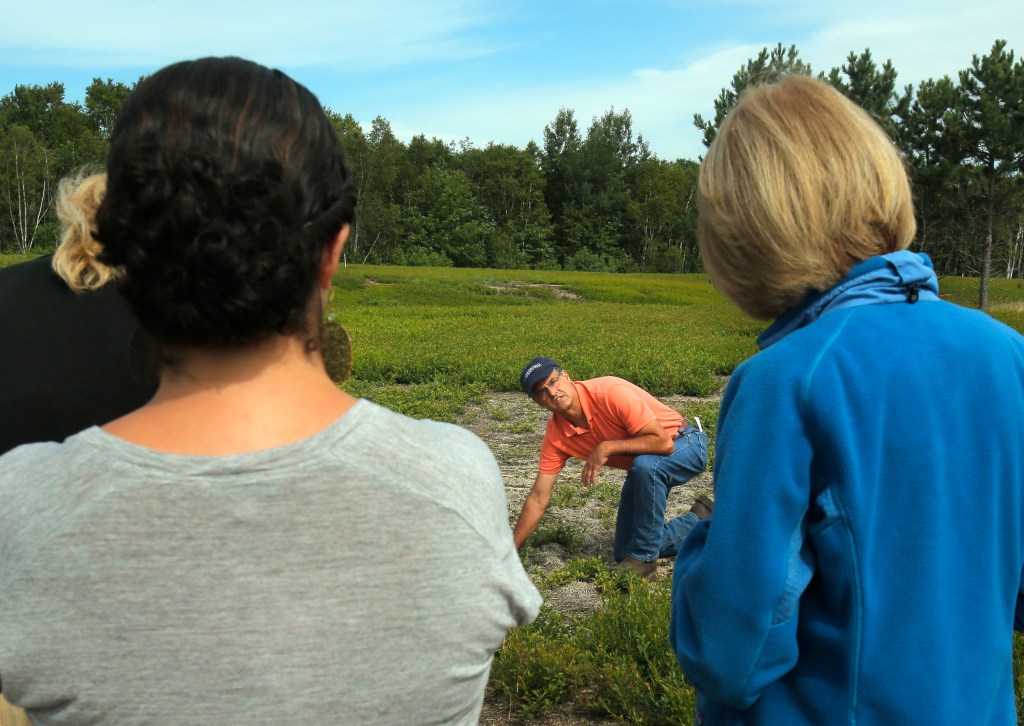
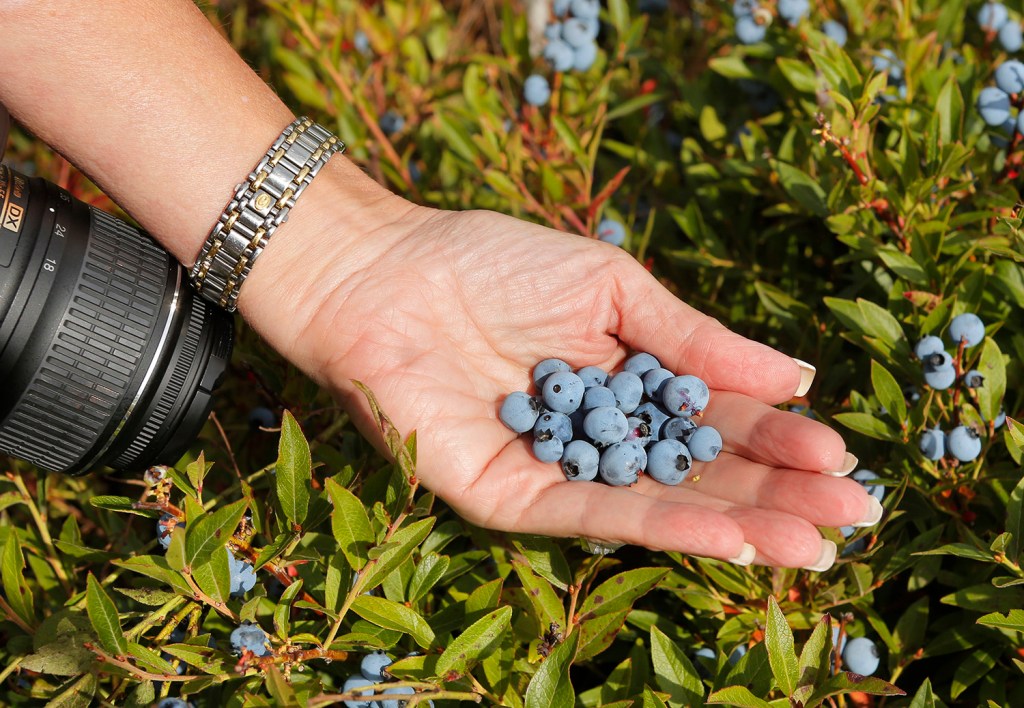
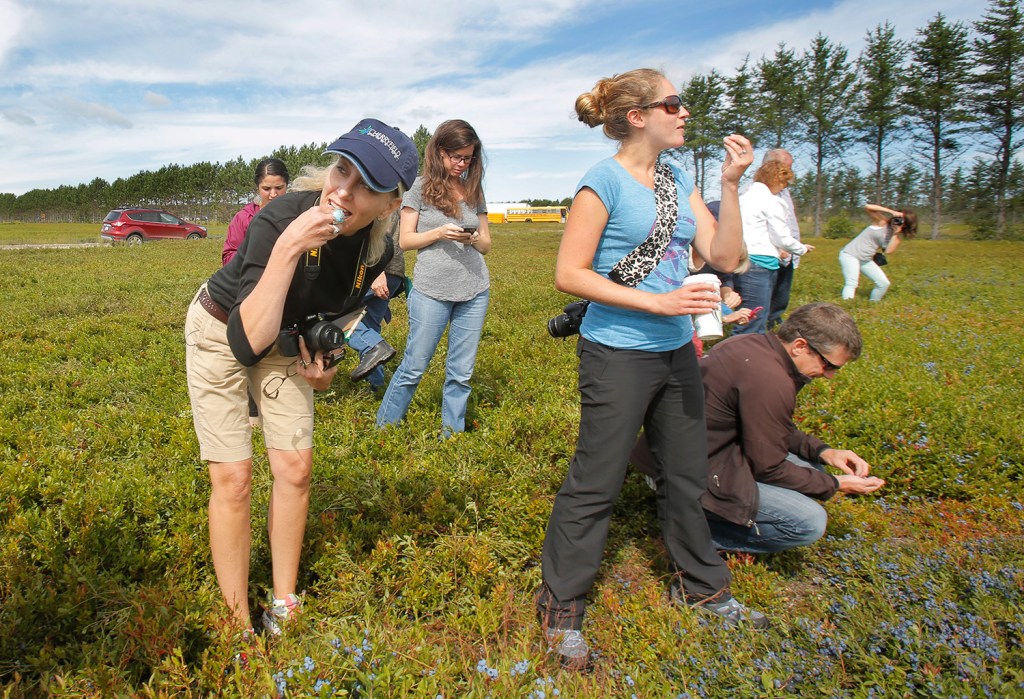
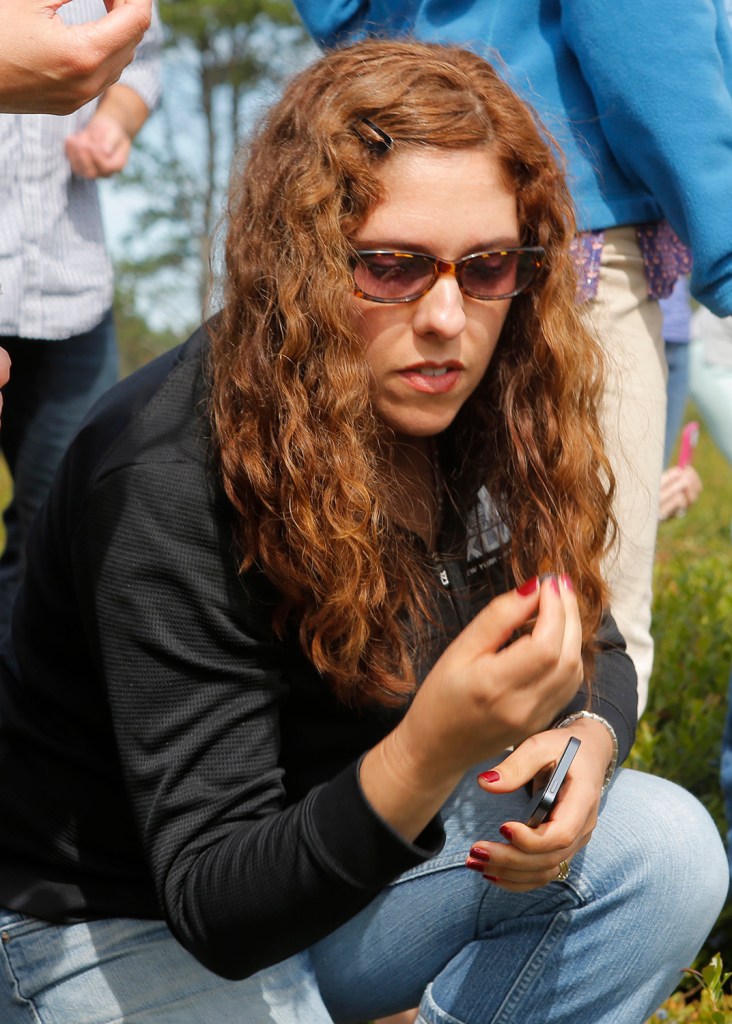
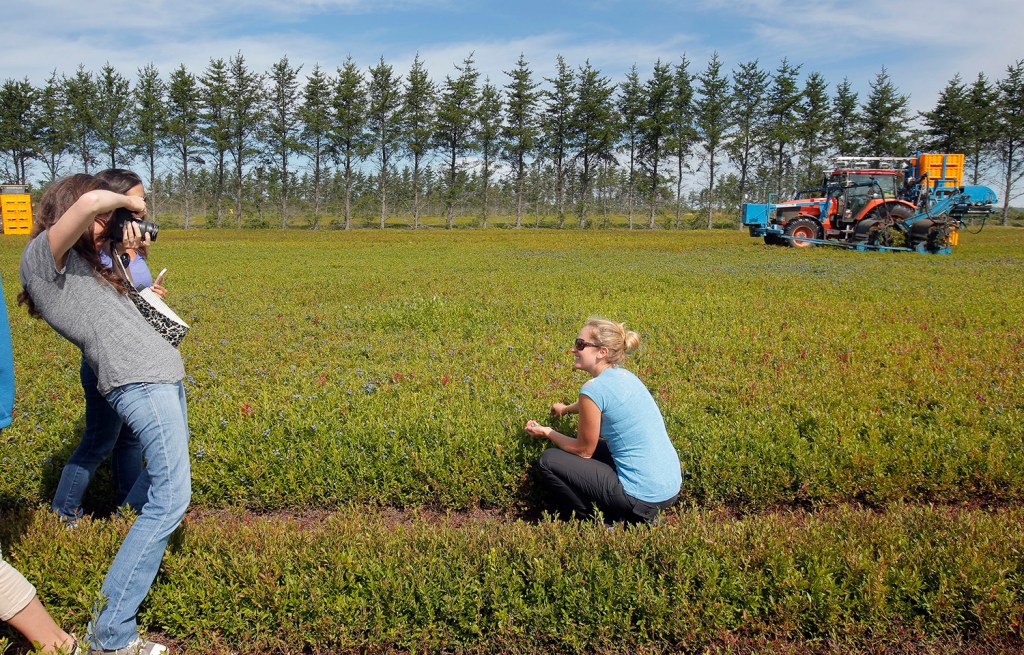
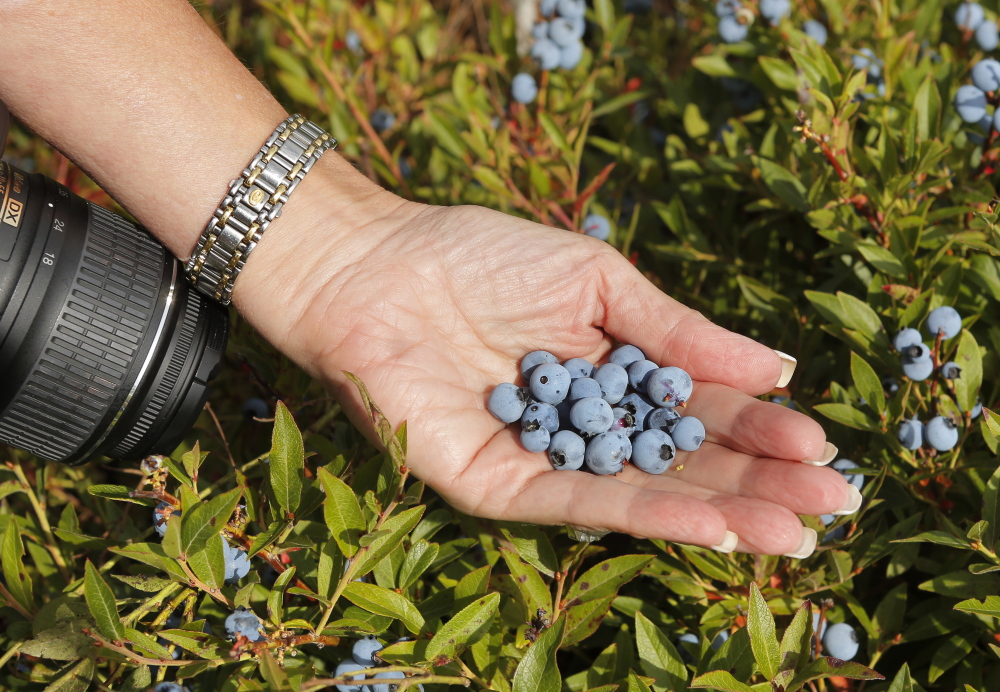

Success. Please wait for the page to reload. If the page does not reload within 5 seconds, please refresh the page.
Enter your email and password to access comments.
Hi, to comment on stories you must . This profile is in addition to your subscription and website login.
Already have a commenting profile? .
Invalid username/password.
Please check your email to confirm and complete your registration.
Only subscribers are eligible to post comments. Please subscribe or login first for digital access. Here’s why.
Use the form below to reset your password. When you've submitted your account email, we will send an email with a reset code.